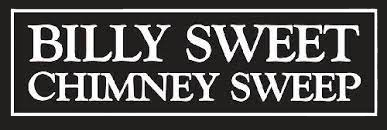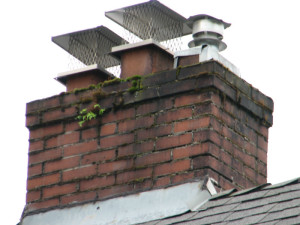When you consider the safety and efficiency of your fireplace unit, you might forget one of its most important elements: your chimney cap. Many homeowners and consumers fail to recognize the vital protective measures offered by a functioning chimney cap; they might also be unfamiliar with the tell-tale signs of an issue with their caps.
A chimney cap is a small, relatively inexpensive addition to your home’s fireplace system, yet offers an important degree of protection from various threats.
A chimney cap prevents critters, wind-borne debris, moisture and other elements from entering your chimney and home. It also prevents burning embers from escaping through your chimney and landing on your roof, causing a potential fire. It’s important to ensure that your chimney cap is in proper working order before colder weather arrives.
Here are a few signs that your chimney cap needs repair or replacement.
Moisture
Moisture causes more damage to fireplaces each year than mismanaged fires, and, left unchecked, has the potential to cause serious, irreparable damage to your unit and home.
If you notice dripping or pooling water in or around your fireplace, moisture has gained an access point in your chimney, and you need an immediate inspection. A working chimney cap will prevent excess moisture from accumulating in your chimney and home.
Drafting Problems
If you notice that your chimney isn’t venting properly or is sending excess smoke into your home, you might have a broken chimney cap that is allowing blockages to build up in your flue.
If your chimney cap becomes clogged with creosote or debris, it won’t vent properly and will send smoke and particulates from the burning fire back into your home.
There are many dangers attached breathing this contaminated air, including smoke damage to your home and severe illness.
Critters or Debris Entering Your Fireplace
Another of the main functions of your chimney cap is to prevent animals or debris from entering your chimney and causing blockages or creating disturbances in your home.
Squirrels, raccoons and birds will often mistake an uncapped or open chimney for a hollow tree; they often get stuck inside the chimney or decide to build a nest in the space, creating a very dangerous situation for themselves and the homeowners.
If you hear frantic scratching or clawing in your fireplace, you may have an issue with a trapped or nesting animal. This is a sign that you chimney cap has significant damage and needs to be replaced or repaired.
Additionally, if you notice leaves, sticks or other debris gathering in your fireplace, your chimney cap is not working properly and needs to be repaired or replaced.
Ensuring That Your Chimney Cap Is In Working Order
If you’ve noticed any of these issues with your fireplace, it’s important that you have your chimney cap inspected by a professional.
A certified chimney inspector will ensure that your chimney cap is in working order, that there are no issues with venting and that you can safely use your fireplace without fear of hazards.
It is recommended that you have your chimney inspected once a year by a certified chimney sweep. Because fall is the most popular time for chimney inspections, you might consider making your appointment before the rush, to avoid delays or wait times.
Billy Sweet Chimney Sweep serves all of the Boston area with professional, certified chimney inspection and installation services.
Call today for an appointment.

